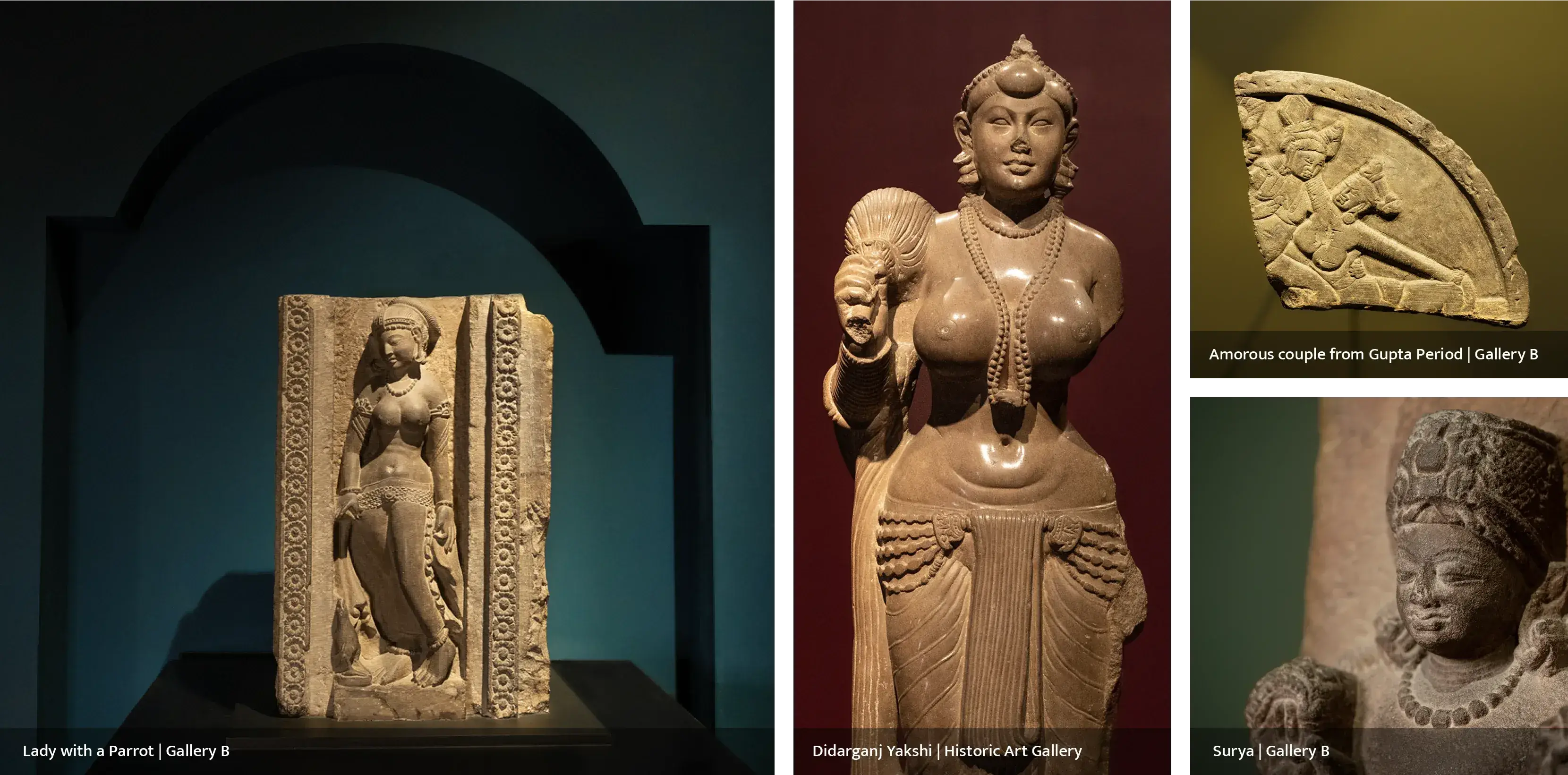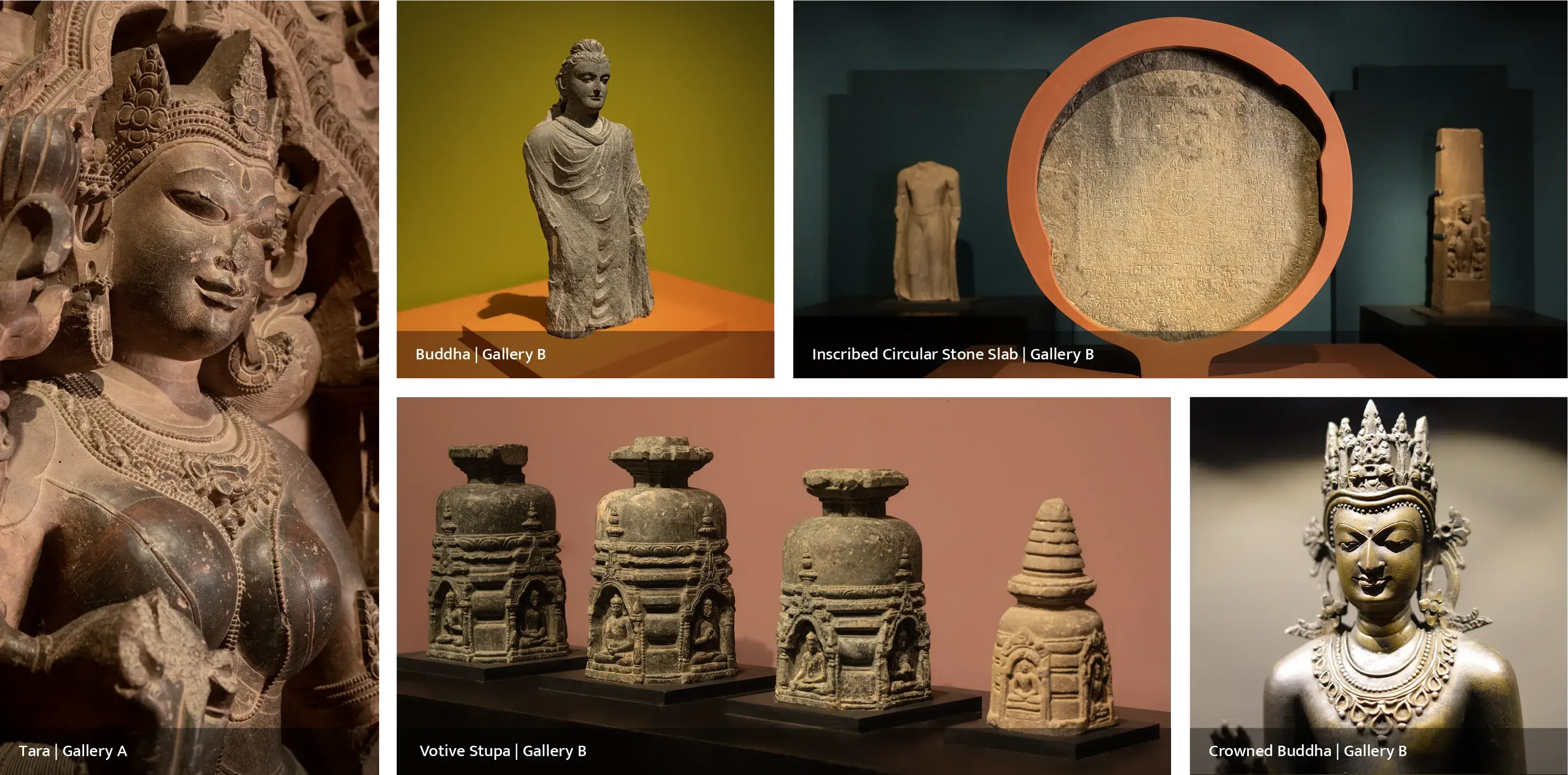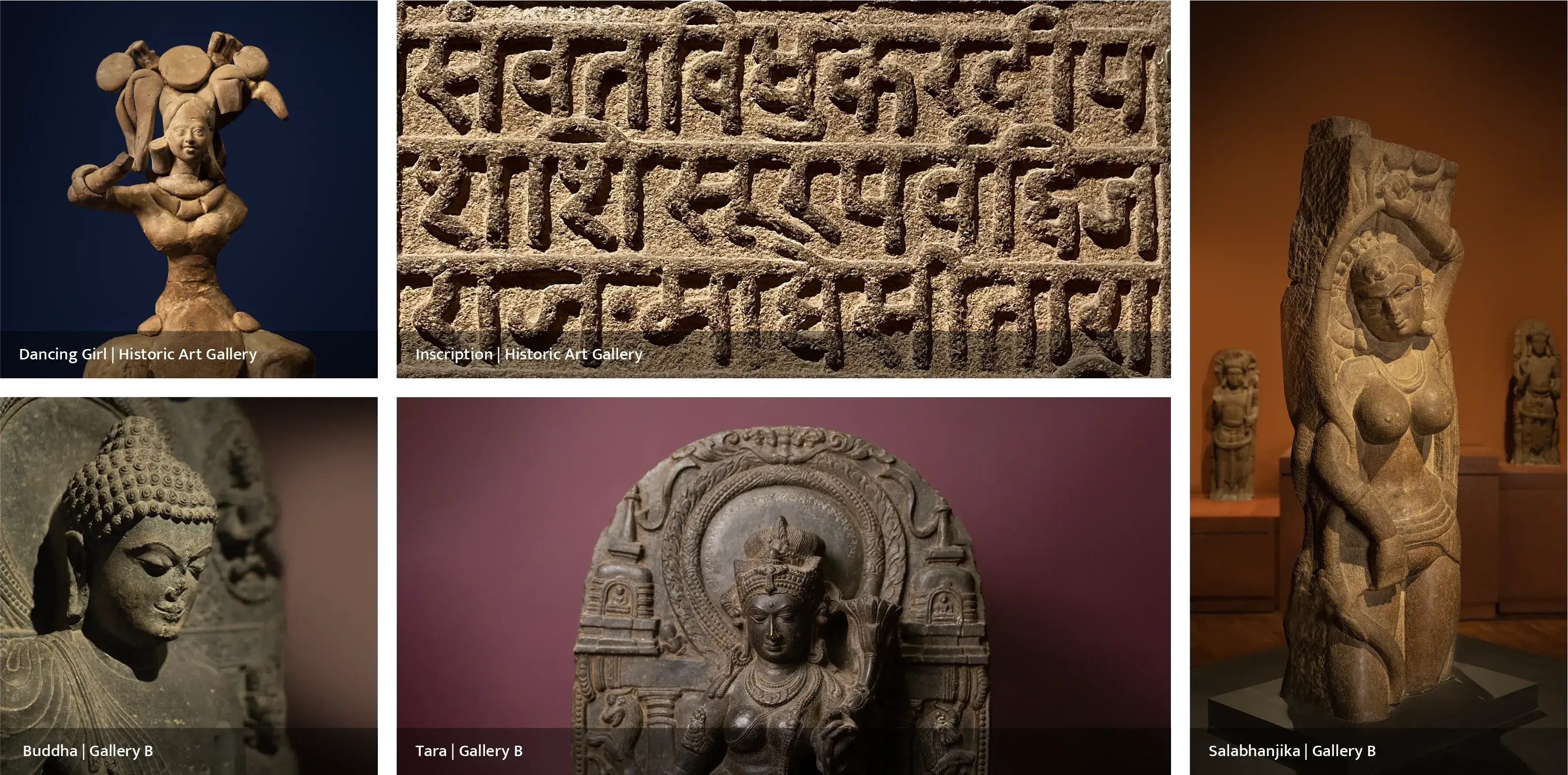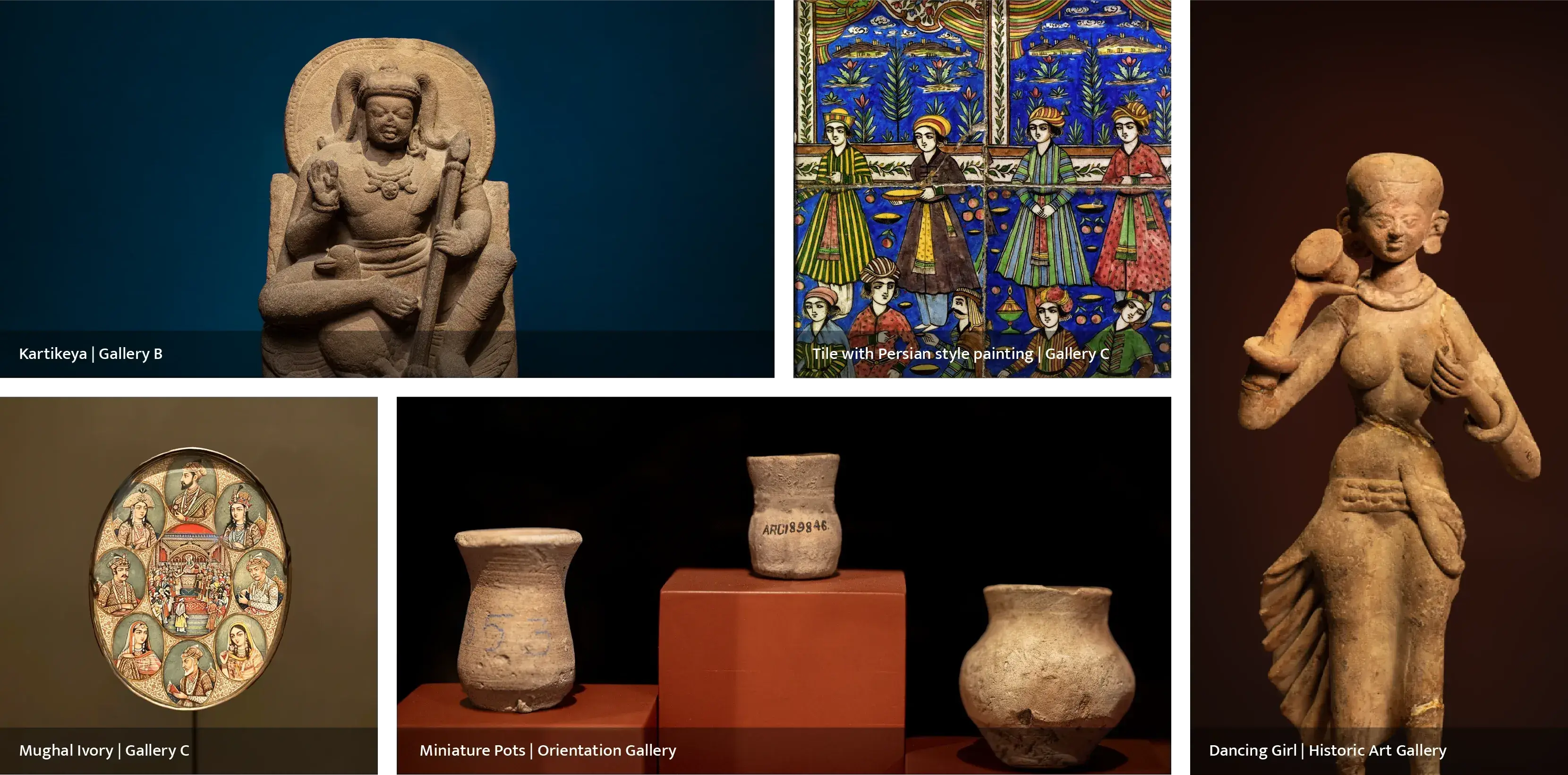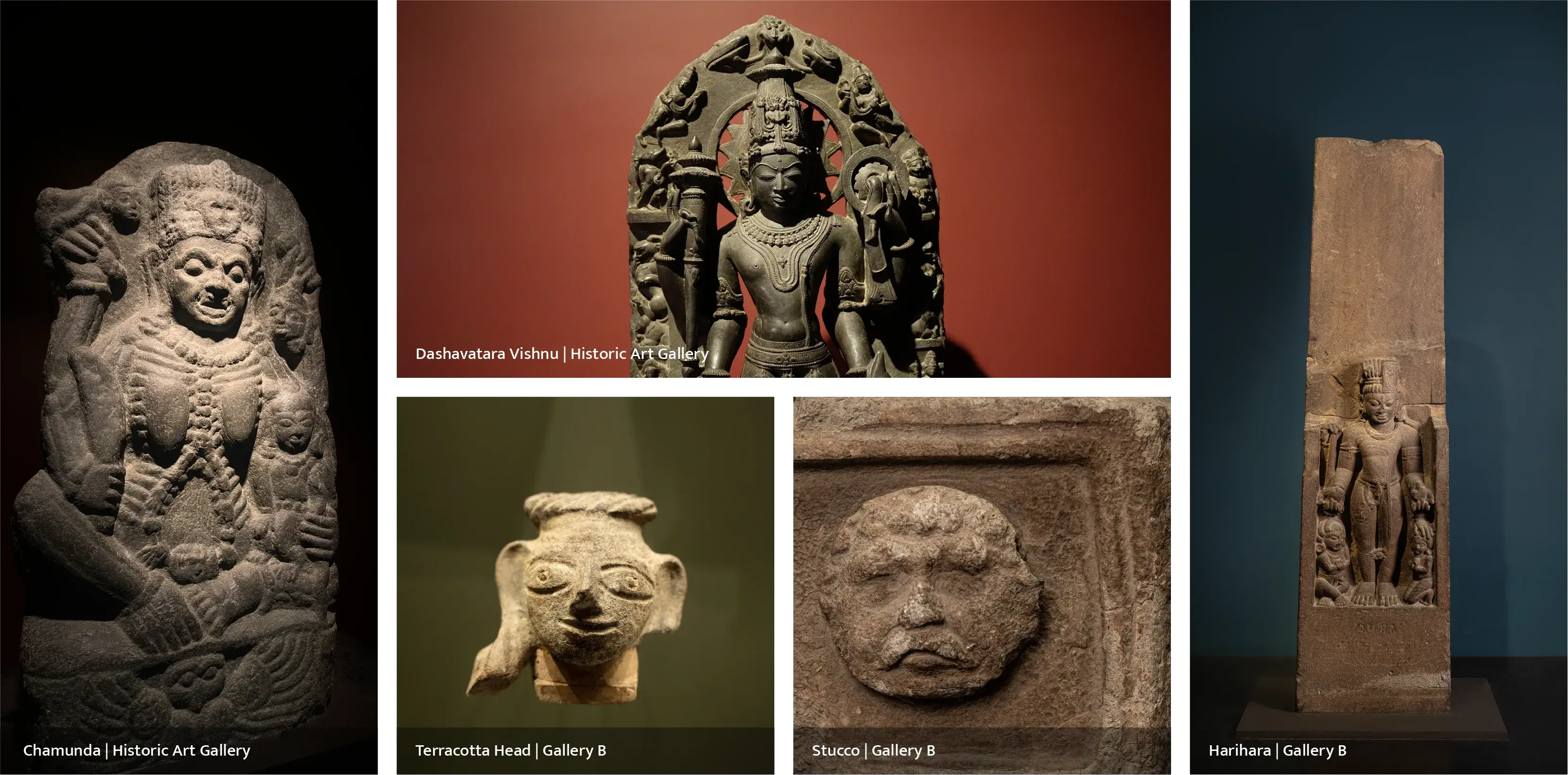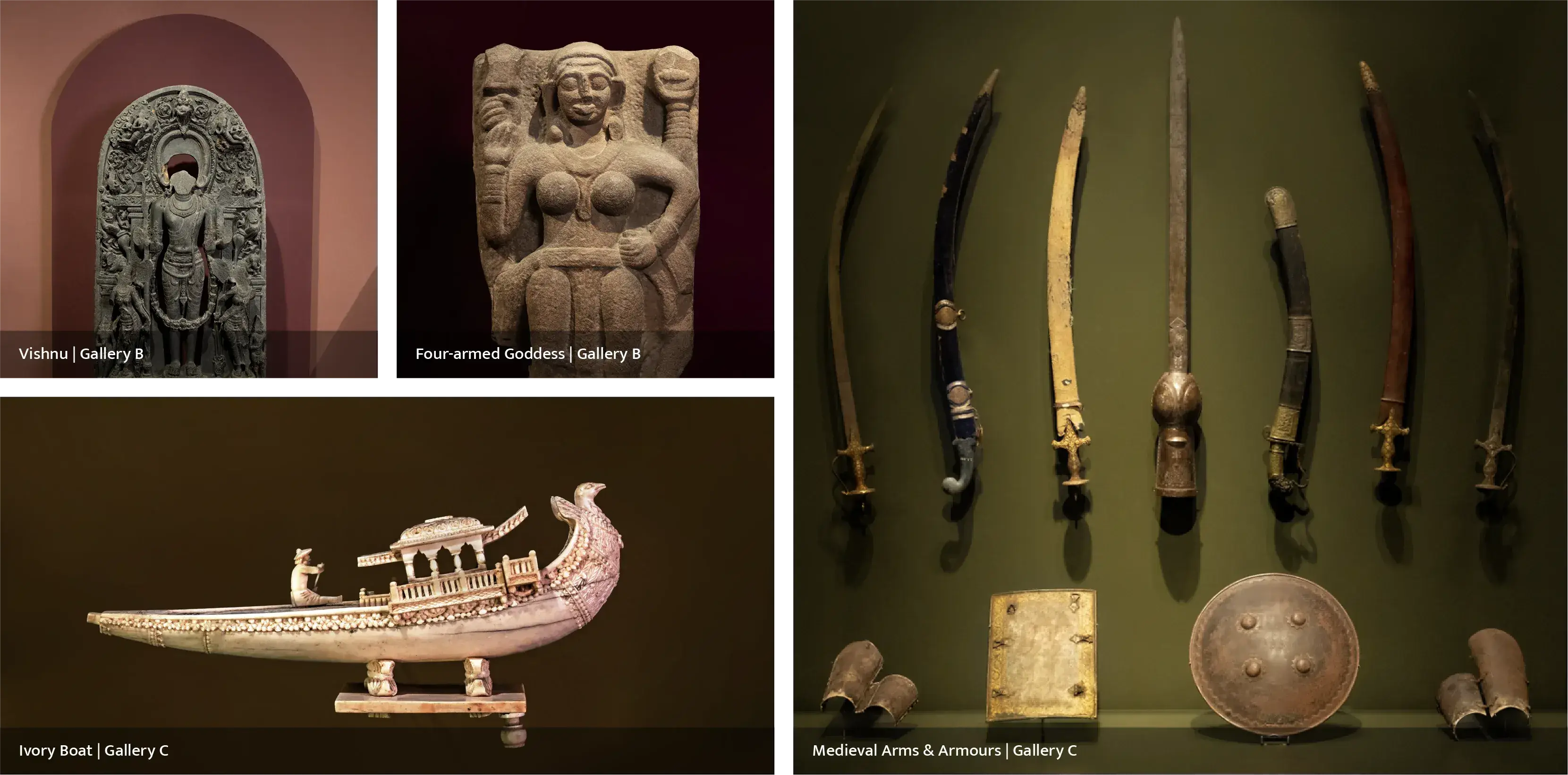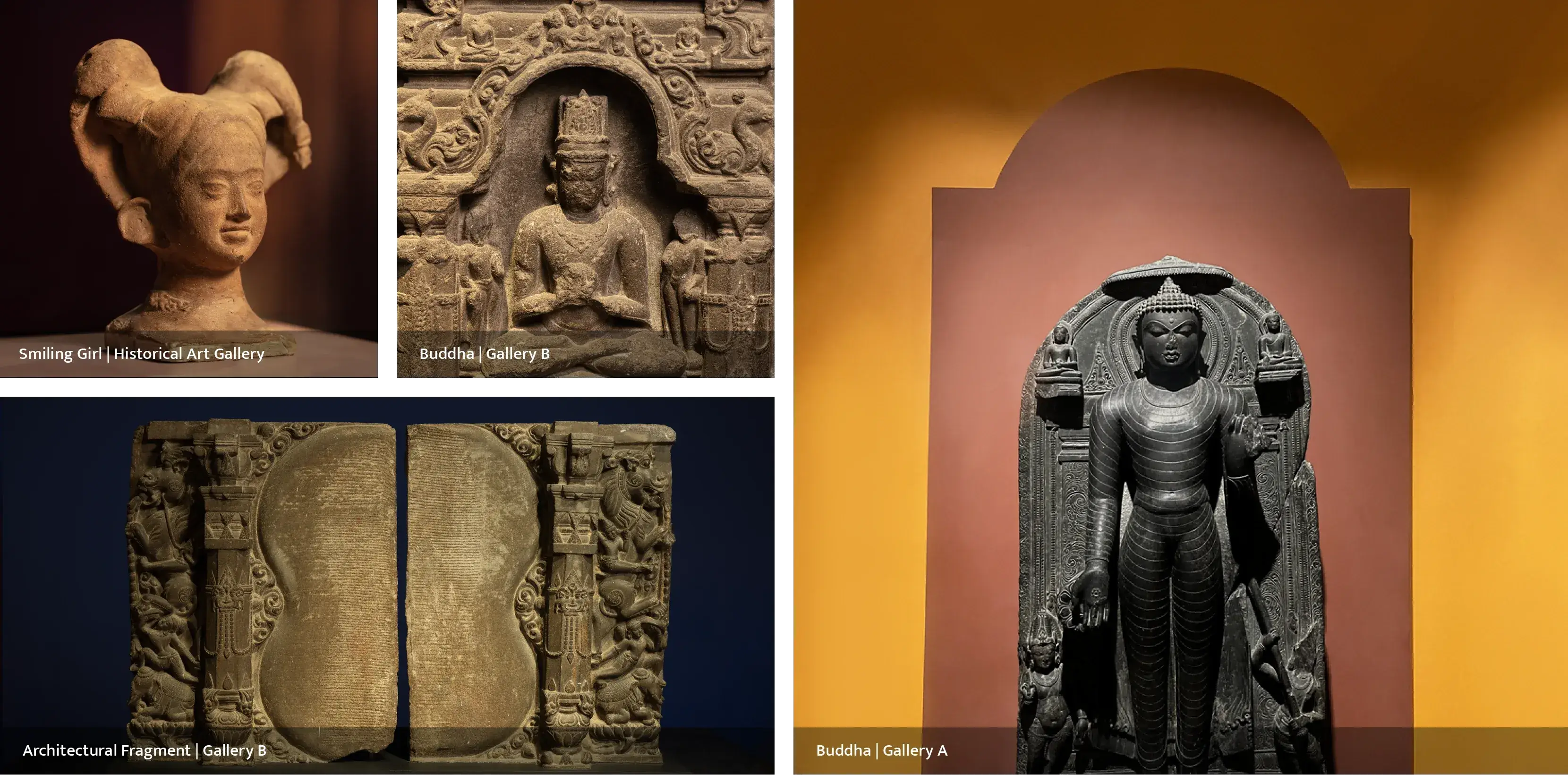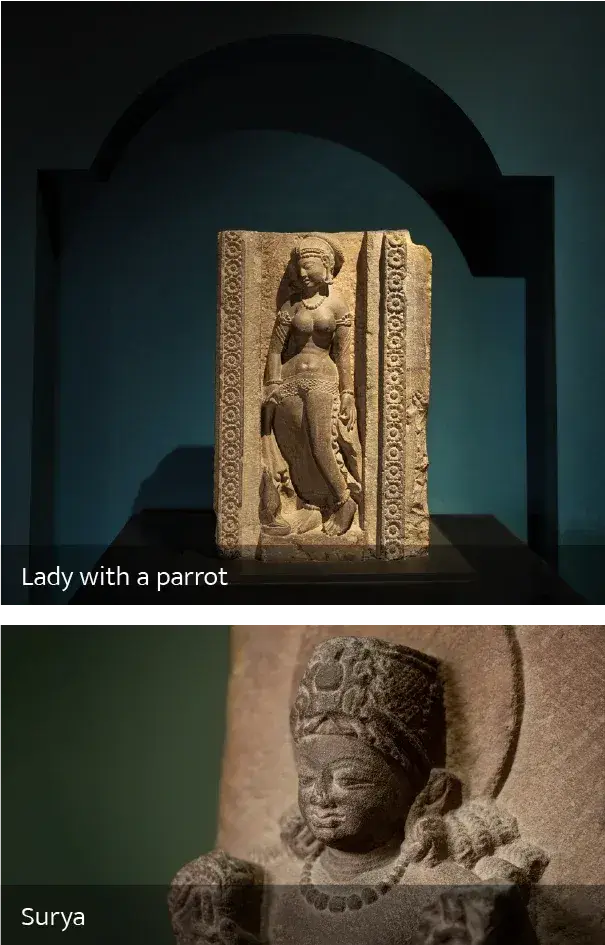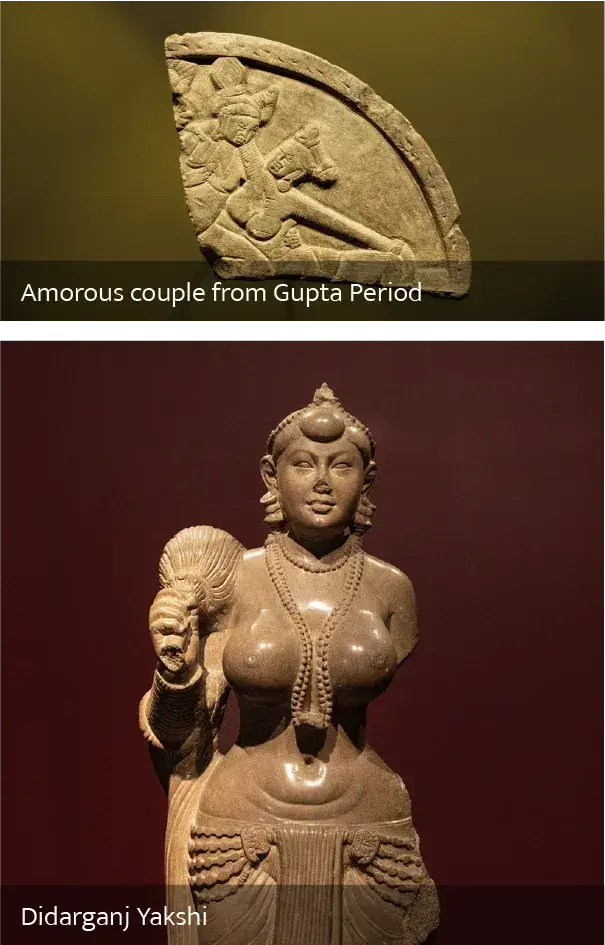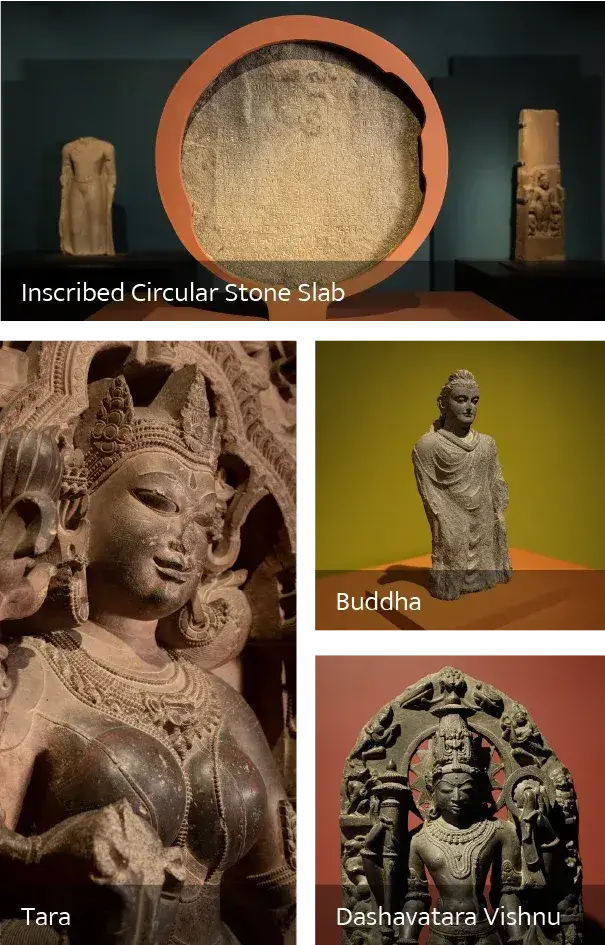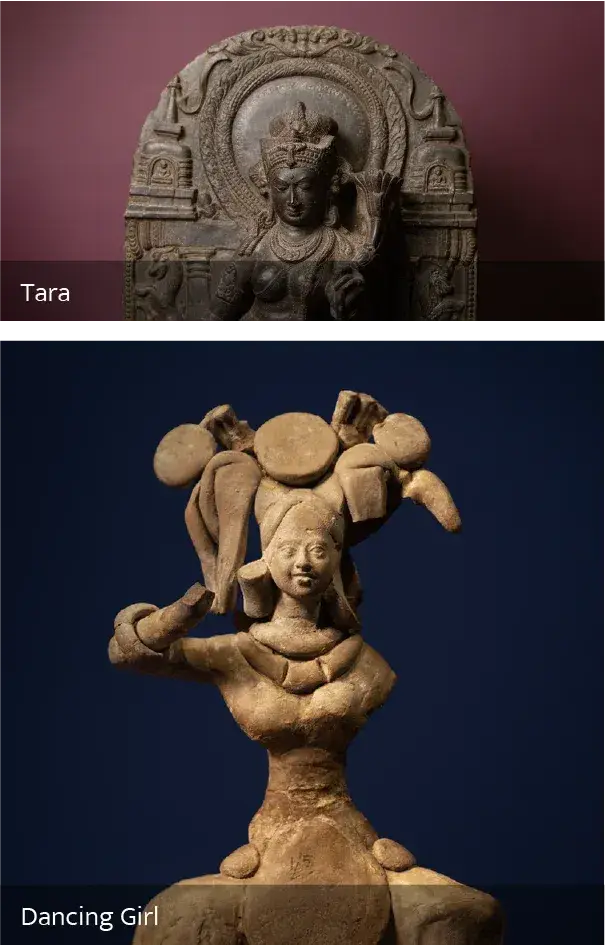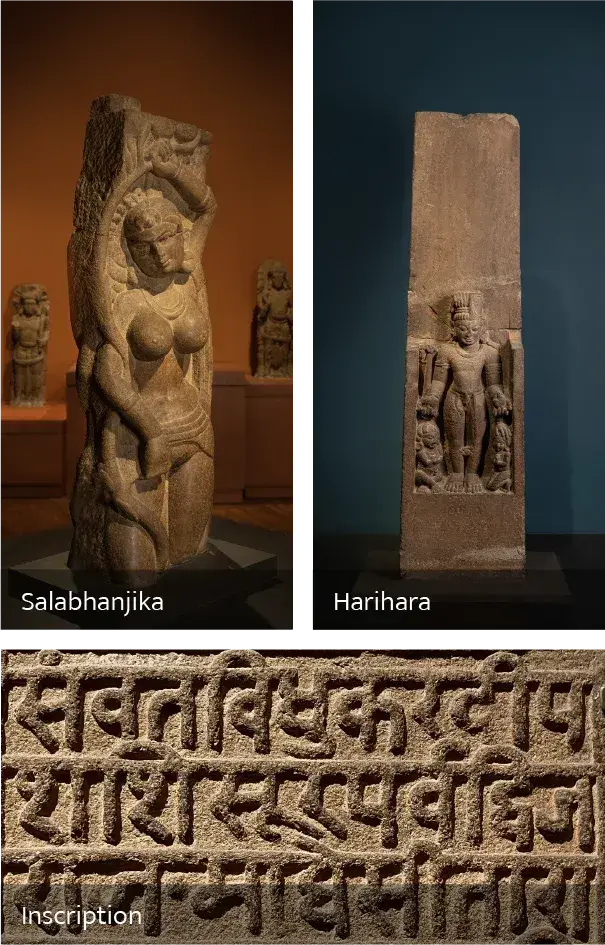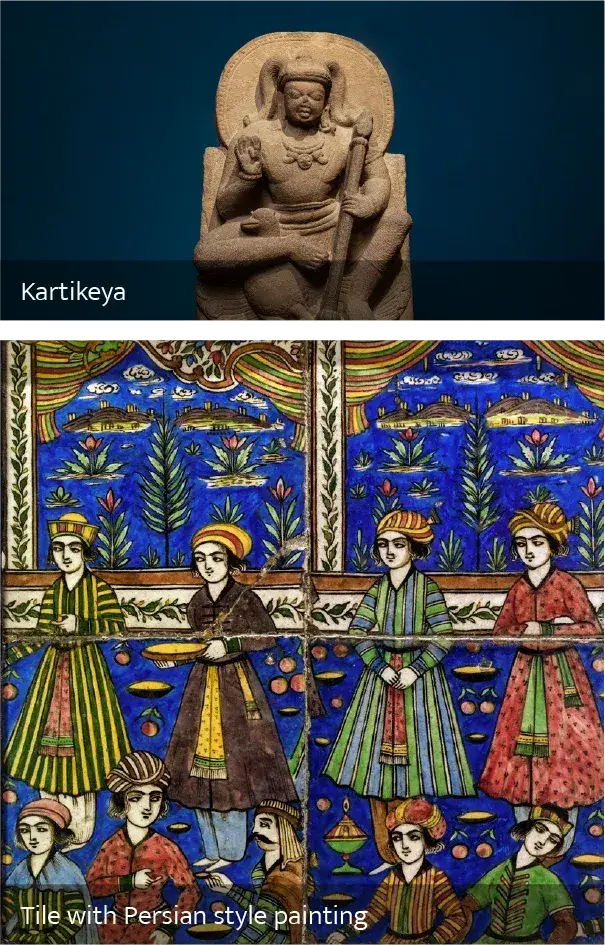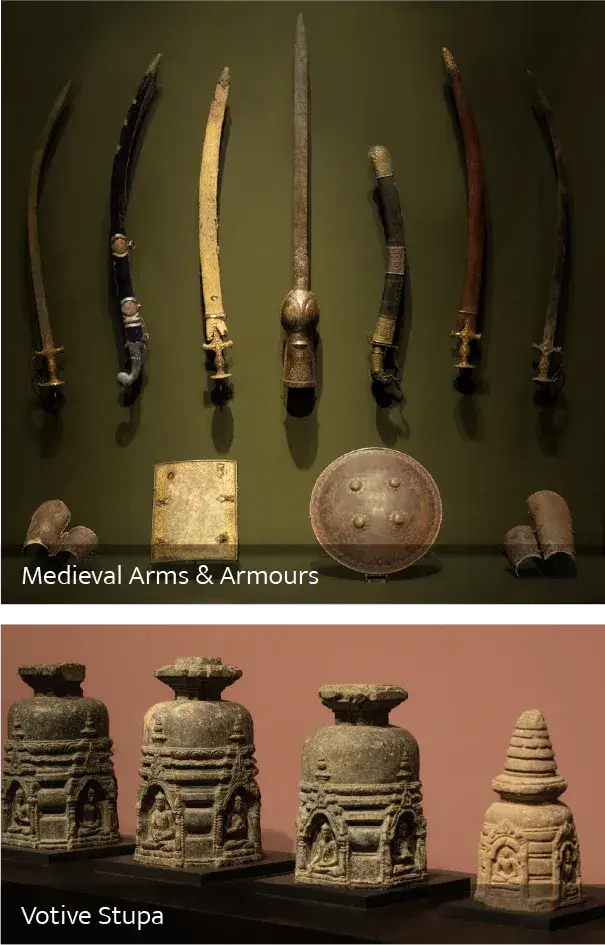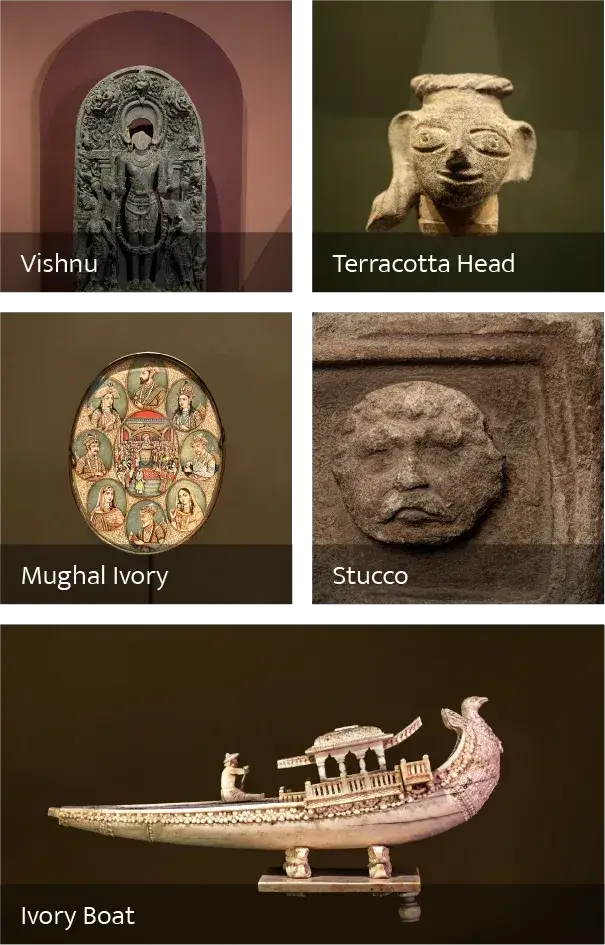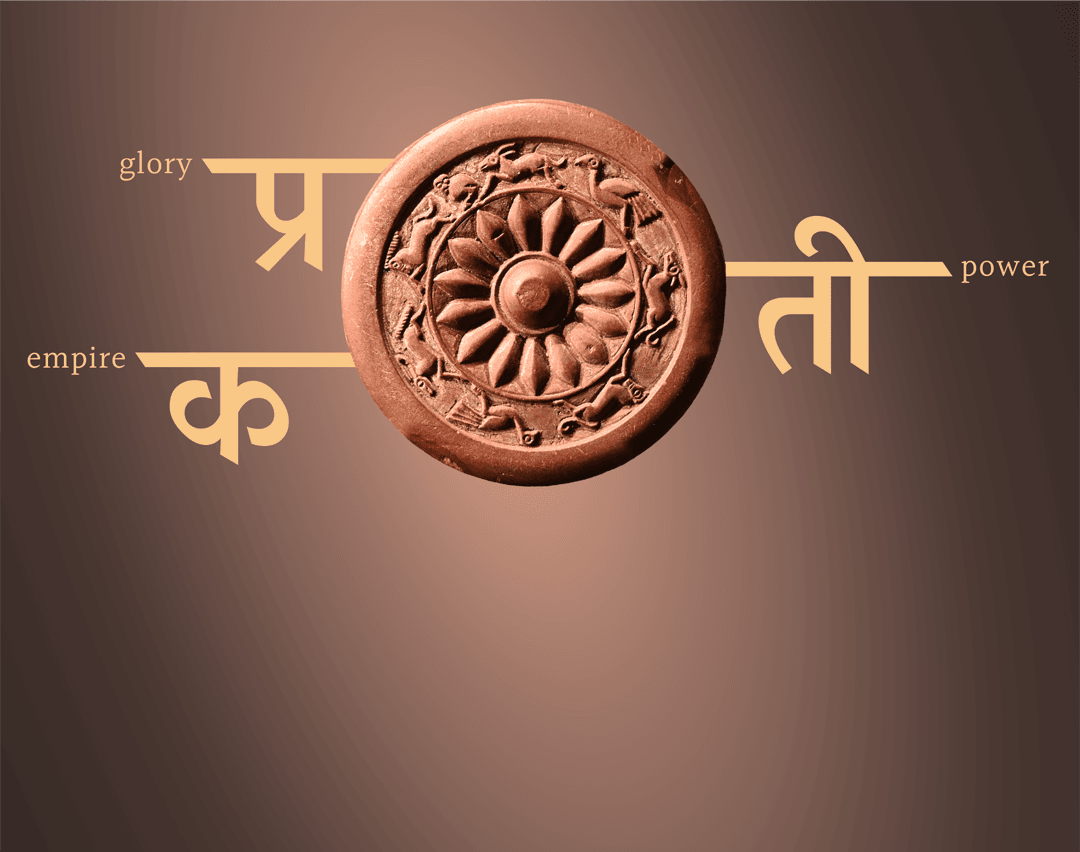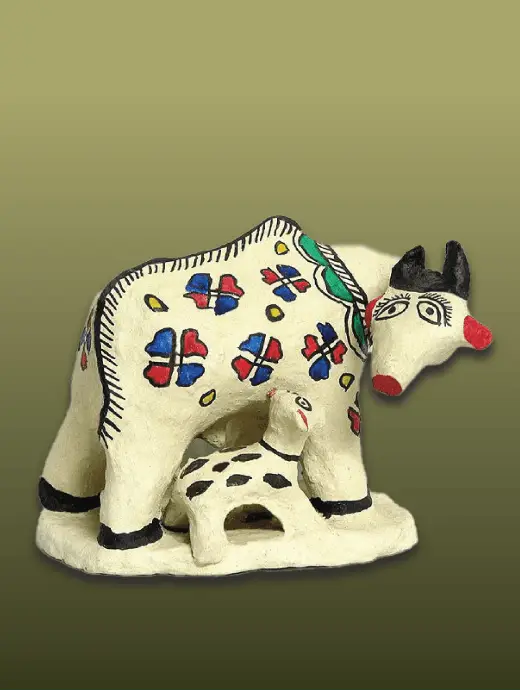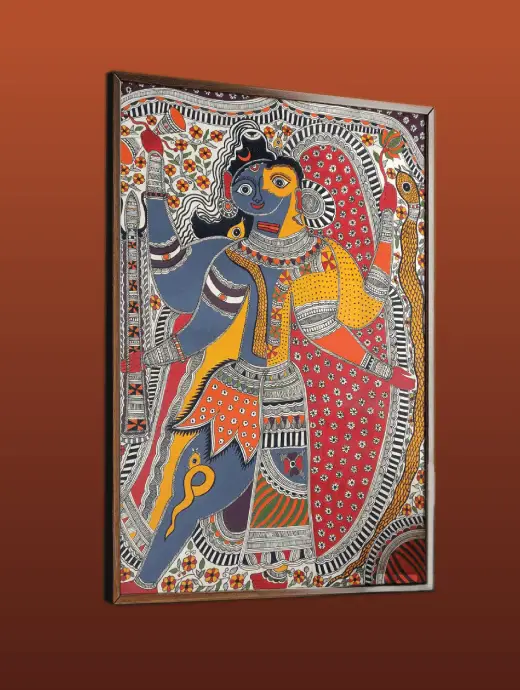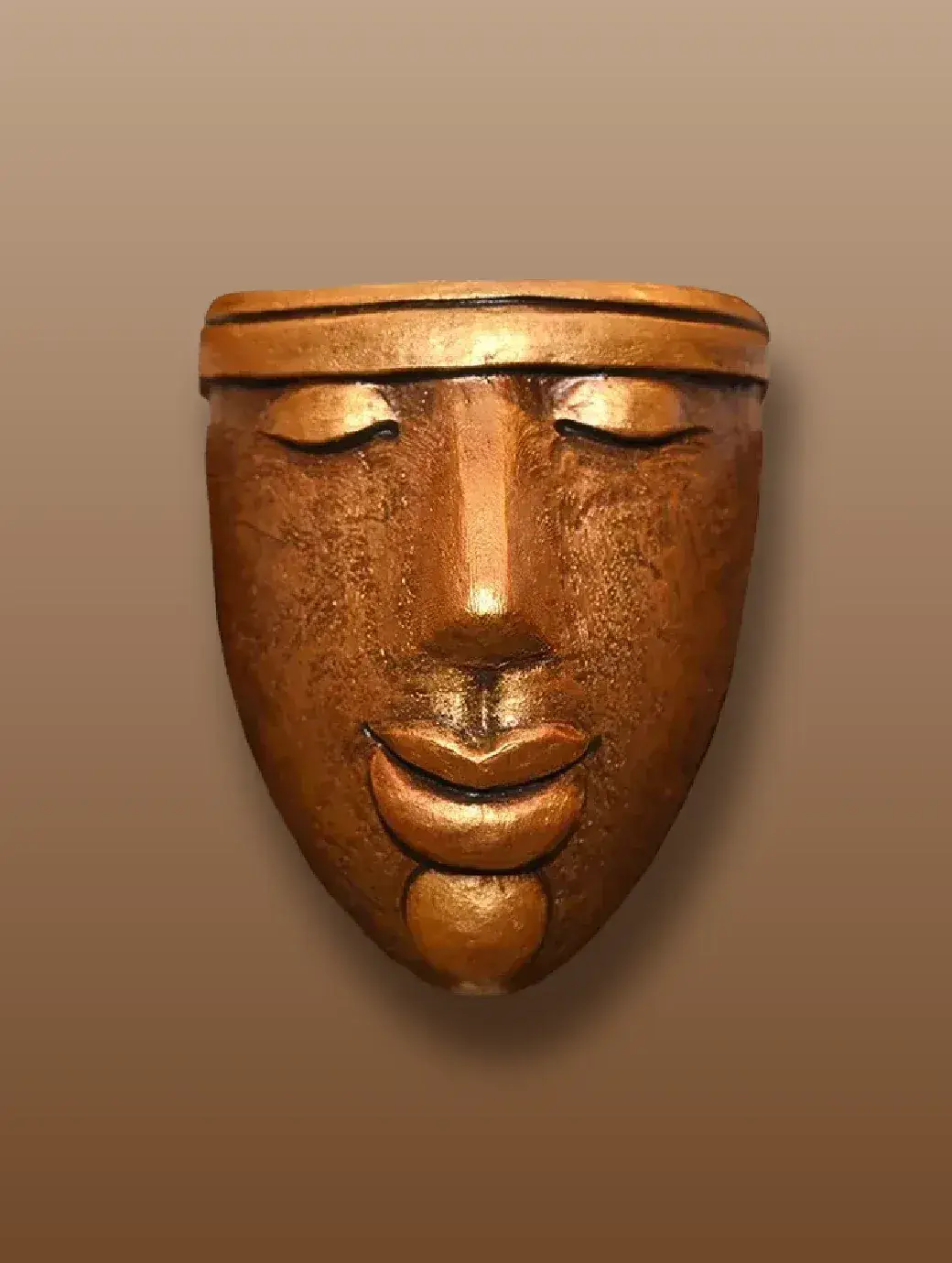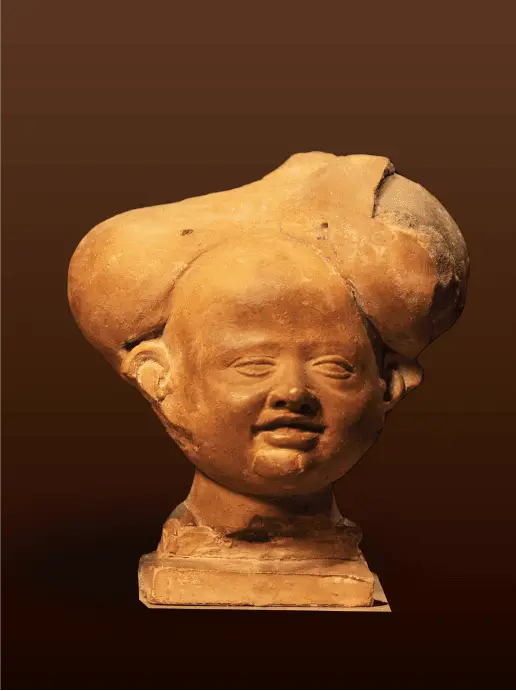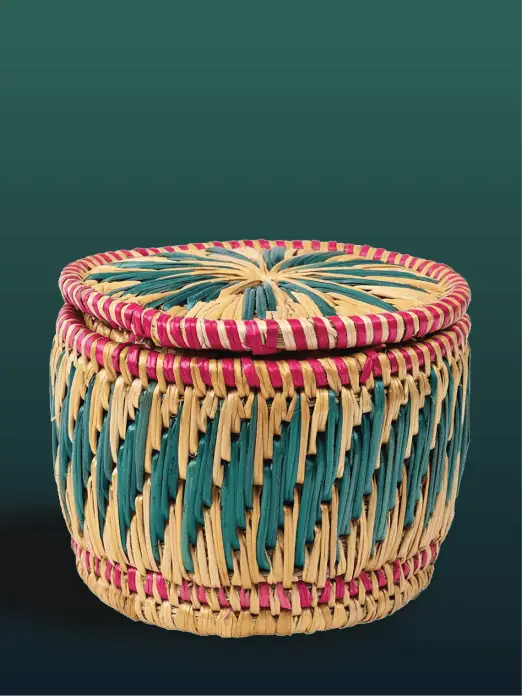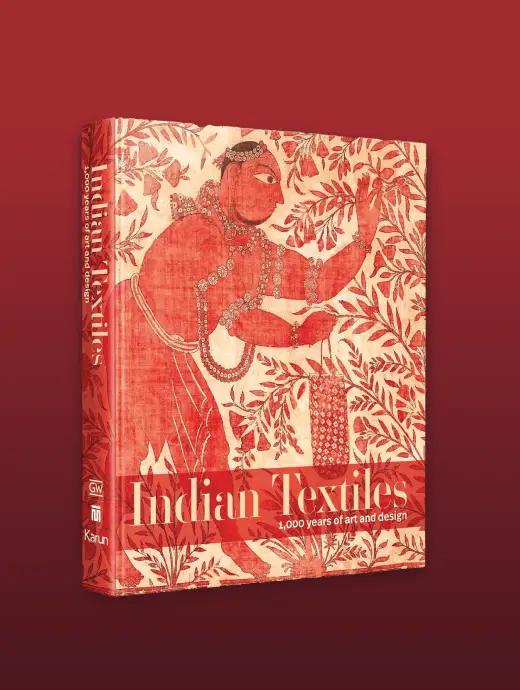
Unbundle one of the oldest cultural civilisations shaped in 5000 years of history, art and culture.
Visit
Embark on a journey to experience some of India’s most remarkable historical periods at Bihar Museum.
Visit
Embark on a journey to experience some of India’s most remarkable historical periods at Bihar Museum.
TIMINGS:
Special evening discounted ticket after 5pm
TIMINGS:
Special evening discounted ticket after 5pm
Events
Bihar Museum aims to foster a collaborative space by initiating creative opportunities, encouraging meaningful dialogue and inspiring people.
Learn
Engage with Bihar Museum’s prolific network of scholars, historians and academicians.
Resource hub
Connect
Become a part of our diverse community of art and culture enthusiasts.
Shop
Visit our in-house shop and buy traditional and artistic souvenir items
Stay connected through our newsletter!
Subscribe to our newsletter and get the latest insights on history, art & culture in your inbox.
SIGNUP
